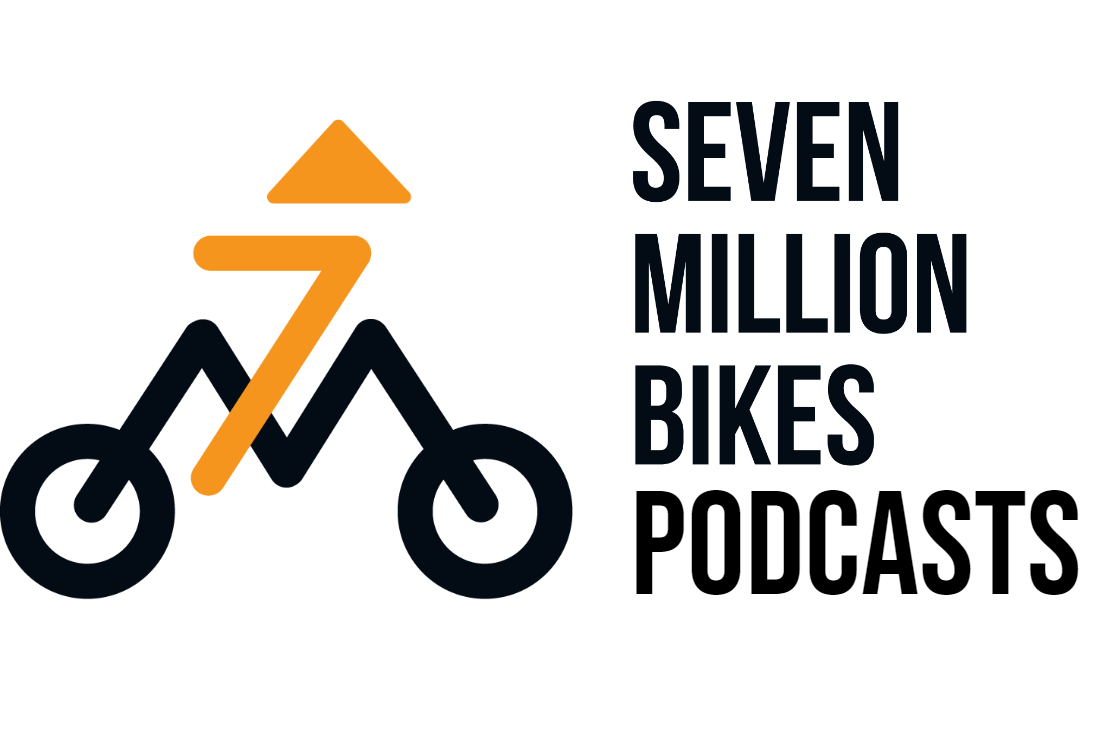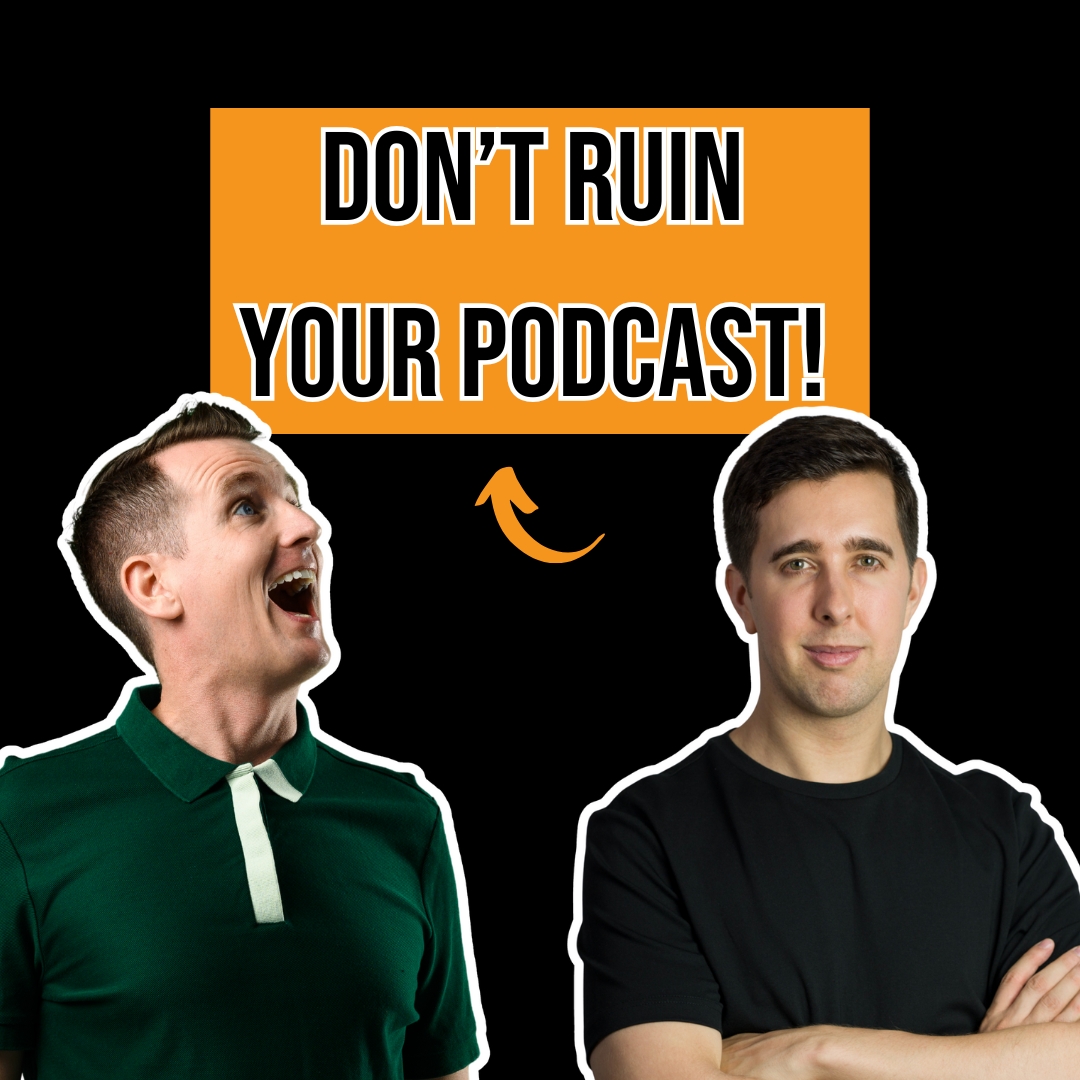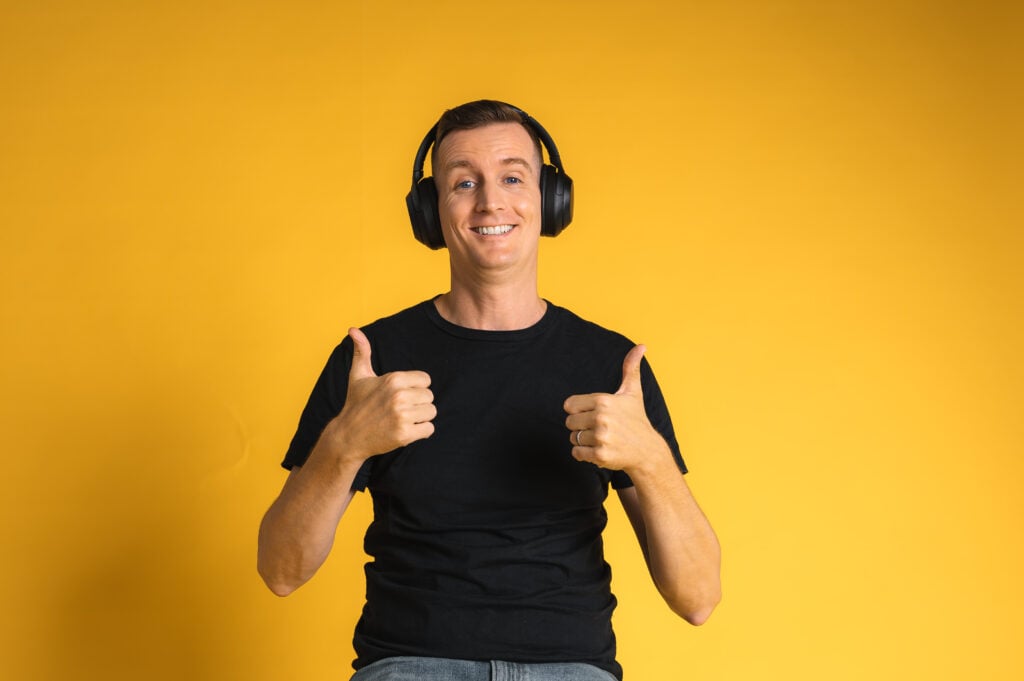When I started my first podcast in 2019, I had no background in audio or video production.
Like many people, I began with very basic equipment and almost no technical knowledge. I made mistakes, learned as I went, and slowly improved. Over the years, I’ve gone from recording at home with a cheap webcam to running a professional podcast studio in Saigon, working with clients all over the world.
This time, I was joined by Tomas George, someone with a serious amount of experience in both audio and video production. I’m going to share podcasting tips about what I’ve learned, especially if you want to start adding video to your podcast. Video podcasting can feel intimidating, but with the right approach, you can make it work without breaking the bank.
- Start With the Right Mindset
Before we even talk about cameras or lighting, let’s talk about mindset. You don’t need a degree in audio engineering or filmmaking to start a great podcast. What you do need are skills, a willingness to learn, and the commitment to improve over time.
When I started, I had a simple rule: try to make each episode just 1% better than the last. Over time, those small improvements add up. Your first video won’t be perfect. In fact, your first 10 videos might not look great. That’s normal.
The biggest mistake I see is people spending a lot of money on expensive gear right away, then giving up when they find it hard to use or realise how much work is involved. Start with what you have, learn the basics, and upgrade later when you know what you actually need.
- Choosing Your Camera
For years, I used my phone to record video. It was shot in 4K, and I thought that meant it would look amazing. But I soon learned that resolution isn’t everything—depth of field, lighting, and lenses make a bigger difference to the final look.
You can start with your phone, especially if you’re on a tight budget. But if you want to step up, a mirrorless camera will give you a big quality improvement.
Here are a few things to think about when choosing a camera for podcasting:
Overheating: Some cameras can only record for a short time before they overheat. That’s a problem for long interviews.
Recording limits: Some models stop recording after 20–30 minutes. Look for one with no limit.
Budget: You can spend $500 or $5,000. Pick something that fits your needs now.
A few recommendations:
- Beginner budget: Sony A6400 — reliable, good quality, and not crazy expensive.
- Mid-range: Sony A6700 — newer model with more features.
- Higher-end: Sony A7 IV — excellent image quality, great in low light.
Remember: the camera body is important, but it’s not the only thing that matters. Which brings me to the next point…
Why Lenses Matter More Than Cameras
If you want your video to look “cinematic,” the lens is more important than the camera.
A 50mm lens gives a natural look—similar to what your eyes see—and is great for single-person shots. A wider lens, like 16mm or 24mm, is useful when you have two people in the frame.
Look for a lens with a low F-stop number (for example, f/1.8 or f/1.4). This allows more light into the camera and gives you that nice blurred background effect.
In our studio, we use a mix of wide lenses for group shots and 50mm lenses for close-ups. I used to think all lenses were basically the same—until I saw the difference a good lens can make.
- Mastering Lighting
Lighting can completely change how your video looks. When I first started, I bought some cheap, bright lights and thought they were amazing. But when I compared my early videos to professional setups, I realised the lighting was too harsh and flat.
Good lighting is about control and balance—not just brightness. Overexposure can wash out faces and remove contrast, making the video look lifeless.
Here are some tips:
- Avoid relying only on natural light — it changes during the day, so your video won’t be consistent.
- Use soft light — this is more flattering and reduces harsh shadows.
- Consider silent lights — some lights have built-in fans that can be picked up by microphones.
Lighting can take time to get right. Don’t be afraid to experiment and adjust your setup until it looks good on camera.
- Camera Settings You Should Learn
If you want to get the most out of your camera, you’ll need to understand a few basic settings:
- Shutter speed: Should be about double your frame rate. For example, if you’re shooting at 25 frames per second, set your shutter speed to 1/50.
- Aperture (F-stop): Controls how much light comes in and how blurred the background is. Lower numbers = more light + more blur.
- ISO: Controls digital brightness. Keep it low (80–100) to avoid grainy footage.
- White balance: Keeps colors consistent. Auto can work, but manual settings give you more control.
These three—shutter speed, aperture, and ISO—are often called the exposure triangle. Learning how they work together will make a big difference in your video quality.
- Managing Storage and Files
One thing that surprised me when I started recording video podcasts was just how much storage they take up. Video files are huge. You’ll need plenty of hard drive space—think terabytes, not gigabytes.
A good starting point is to have at least one large external drive (4–8TB) for backups. If you’re producing content regularly, you’ll probably need more over time.
- Audio: The Most Important Element
Here’s the truth: people will forgive average video, but they won’t forgive bad audio.
If you want to keep viewers listening, you must prioritise sound quality. That starts with your recording environment. A big, echoey room will make even the best microphone sound bad.
Treat your space:
- Add carpets or rugs.
- Use foam panels on the walls.
- Choose a quiet location away from traffic noise.
When it comes to microphones, I recommend dynamic microphones over condensers like the Blue Yeti. Condenser mics pick up every bit of background noise, which is fine for music studios but not for most podcast rooms.
The good news is that you can now get high-quality dynamic USB microphones that plug straight into your computer—no mixer required. If you want even better sound, consider adding a gain booster like a Cloudlifter or FetHead to reduce hiss and improve clarity.
- Your Beginner Shopping List
If you’re ready to start a video podcast, here’s a basic list of what you’ll need:
- Camera (mirrorless recommended).
- Lens (50mm for close-ups, wide for group shots).
- Lighting kit (soft, adjustable lights).
- Dynamic microphone (USB or XLR with interface).
- Room treatment (foam panels, carpet).
- Storage drives (at least a few terabytes).
Start with what you can afford now, and upgrade over time.
Final Thoughts – Podcasting Tips
Adding video to your podcast can seem overwhelming at first. I know because I’ve been there, confused about camera settings, frustrated by bad lighting, and wondering why my expensive 4K phone footage didn’t look professional.


